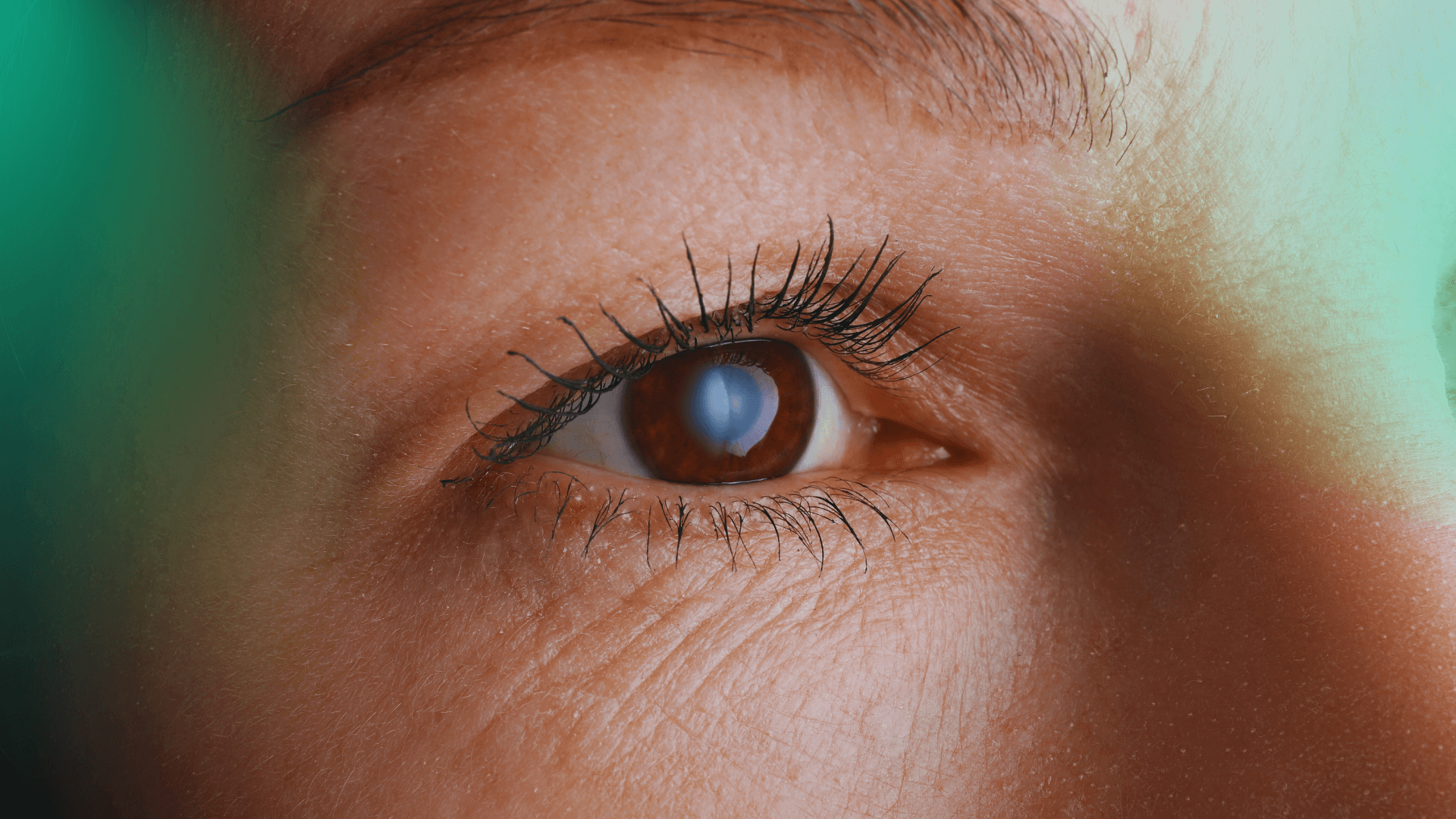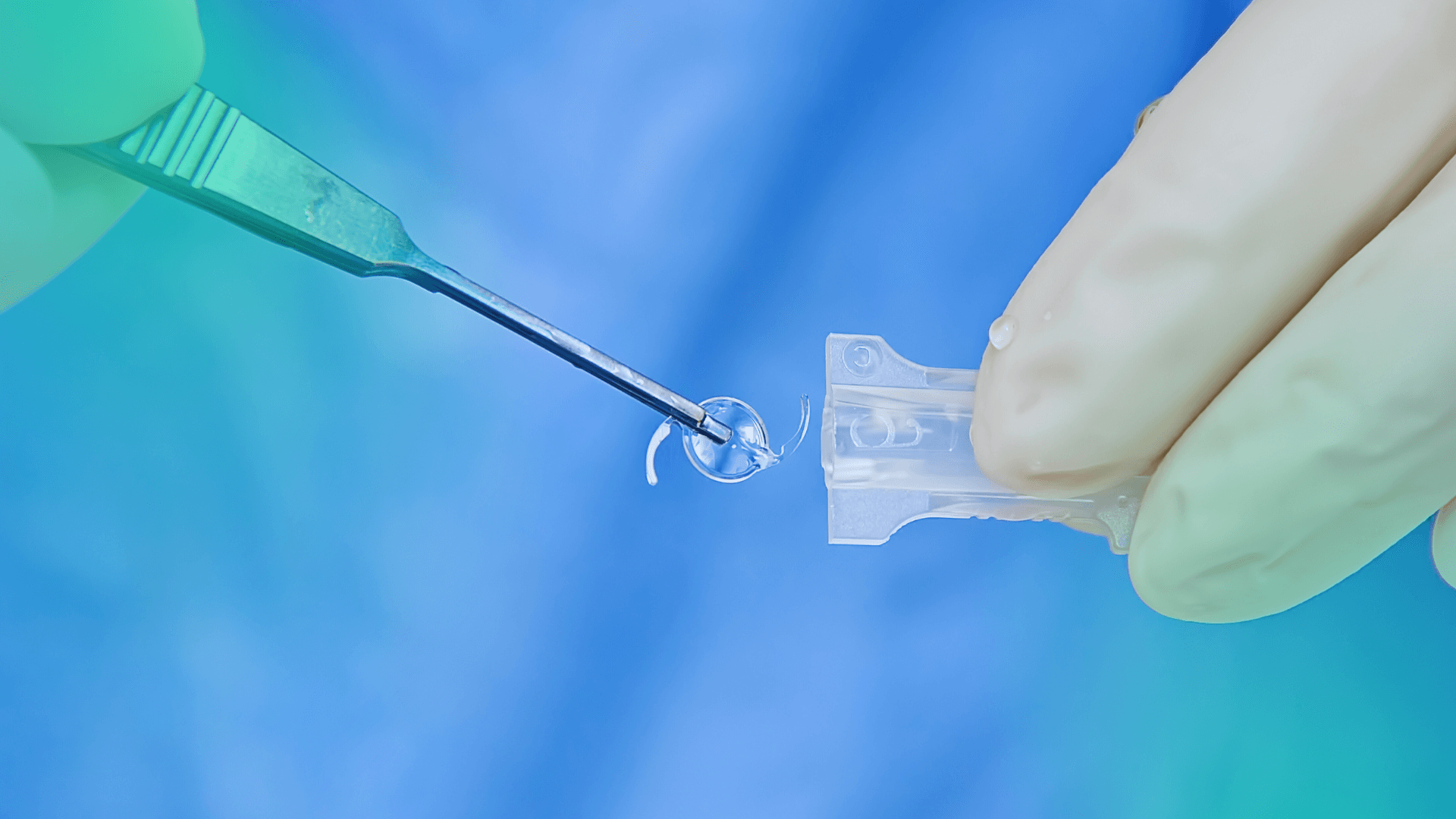Cataracts: All You Need to Know
Cataracts are a common eye problem that affects many people around the world, leading to a gradual loss of vision and, if not treated, possible blindness. Cataracts usually happen as people get older, when the clear lens of the eye becomes cloudy and blocks light from passing through. This causes blurry or distorted vision. While aging is the main cause, other factors like family history, medical conditions, and lifestyle choices can also lead to cataracts. Knowing about cataracts, their causes, symptoms, and treatment options is important for keeping your eyes healthy and preventing vision loss. This article covers everything you need to know about cataracts, including how to spot the signs, when to get treatment, and ways to prevent them to keep your vision clear.
What Are Cataracts?
Cataracts are a common eye condition where the lens of the eye gradually becomes cloudy, causing vision to worsen. Normally, the lens, which is located behind the iris and pupil, is clear and lets light pass through to the retina. The retina then sends signals to the brain to create visual images. When a cataract forms, it scatters and blocks light, leading to blurry or hazy vision.
Types of Cataracts
Nuclear Cataracts
Nuclear cataracts form in the center of the lens and are usually linked to aging. They might cause increased nearsightedness at first and sometimes a temporary improvement in reading vision, called second sight. Over time, the lens turns yellow and then brown, leading to blurry vision, difficulty seeing at a distance, and a yellow tint to vision.
Cortical Cataracts
Cortical cataracts start at the edges of the lens and create wedge-shaped streaks that move towards the center. They often begin with streaks on the outer edge and gradually form a spoke-like pattern. These cataracts can cause problems with glare, reduced contrast, and issues with depth perception. Bright light might make vision worse due to increased glare.
Posterior Subcapsular Cataracts
Posterior subcapsular cataracts develop at the back of the lens, just beneath the lens capsule. They often affect reading vision and vision in bright light and tend to develop faster than other types. These cataracts are more common in younger people, those with diabetes, or those taking high doses of steroids. Symptoms include glare, halos around lights, difficulty reading, and reduced vision in bright light.
Congenital Cataracts
Congenital cataracts are present at birth or form during a baby’s first year. They can be caused by genetic factors, infections during pregnancy, or trauma. Early detection and treatment are crucial to prevent vision problems. Symptoms might not be immediately noticeable, but these cataracts can cause lazy eye (amblyopia) if not treated. Regular eye exams for infants are important.
Traumatic Cataracts
Traumatic cataracts result from an eye injury, which can cause cataracts to form immediately or later. They can occur due to blunt or penetrating trauma, electric shock, or chemical burns. Symptoms include blurred vision, double vision, or difficulty seeing at night after an eye injury.
Radiation Cataracts
Radiation cataracts are caused by exposure to certain types of radiation, such as ultraviolet rays, X-rays, or radiation therapy for cancer. They typically form at the back of the lens and may appear years after exposure. Symptoms are similar to those of posterior subcapsular cataracts, including glare, difficulty reading, and halos around lights.
Secondary Cataracts
Secondary cataracts develop due to another medical condition or treatment, like diabetes or steroid use. They can also occur after eye surgery. Symptoms are similar to primary cataracts but may include complications from the underlying condition or treatment.

What Causes Cataracts?
Aging is the main cause of cataracts. After age 40, normal eye changes start to happen when proteins in the lens break down, causing cloudiness. People over 60 usually begin to notice some cloudiness, but serious vision problems might not appear until years later.
Other Causes of Cataracts:
- Genetics: If your family has a history of cataracts, your risk is higher.
- Medical Conditions: Diseases like diabetes can lead to cataracts.
- Eye Injuries and Surgeries: Previous eye injuries, surgeries, or radiation treatments on the upper body can cause cataracts.
- UV Exposure: Spending a lot of time in the sun without UV-protective sunglasses can damage the lens.
- Medications: Some medications, like corticosteroids, can speed up the formation of cataracts.
- Smoking: Smoking increases the chance of developing cataracts.
Most cataracts related to aging develop slowly. However, some cataracts, especially in younger people or those with diabetes, can progress faster. The speed at which a cataract develops varies from person to person, and doctors cannot predict how quickly it will happen.
Risk Factors
Several factors can increase your risk of developing cataracts, including:
- Increasing Age: The risk of cataracts goes up as you get older.
- Diabetes: This condition can speed up the formation of cataracts.
- Excessive Sunlight Exposure: Spending a lot of time in the sun without UV protection can damage the lens.
- Smoking: Smoking greatly increases the risk of cataracts.
- Obesity: Being overweight can lead to cataracts.
- Family History: Having a family history of cataracts raises your risk.
- Previous Eye Injury or Inflammation: Injuries or inflammation in the eye can cause cataracts.
- Previous Eye Surgery: Surgeries on the eye can increase the risk of cataracts.
- Prolonged Use of Corticosteroids: Long-term use of these medications can speed up cataract formation.
- Excessive Alcohol Consumption: Drinking large amounts of alcohol is linked to a higher risk of cataracts.
Cataract Diagnosis
To diagnose cataracts, your eye doctor will perform a thorough eye exam that includes several important tests:
Dilation
The doctor will use eye drops to widen your pupils, which allows a better view of the inside of your eye.
Slit-Lamp Exam
The doctor will use a special microscope called a slit lamp to look at the cornea, iris, lens, and other parts at the front of your eye. This helps spot any abnormalities.
Retinal Exam
With your pupils dilated, the doctor can see the back of your eye more clearly. Using the slit lamp and an ophthalmoscope, the doctor will check for signs of cataracts, glaucoma, and other eye issues. The retina and optic nerve will also be examined.
Refraction and Visual Acuity Test
This test checks how sharp and clear your vision is. The doctor will have you read letters of different sizes with each eye to see how much your vision is affected by cataracts.
How Are Cataracts Treated?
The treatment approach for cataracts depends on your symptoms, age, overall health, and the severity of the condition.
Early-Stage Management
In the early stages, vision loss from cataracts may be managed with stronger eyeglasses, magnifying glasses, or improved lighting. However, when these measures are no longer effective, surgery becomes the only viable option.
Surgical Treatment
Cataract surgery is typically recommended when vision loss interferes with daily activities such as driving, reading, or watching television. The decision to proceed with surgery is made collaboratively between you and your eye care provider.
Cataract surgery is one of the most common and safest procedures performed in the U.S. It involves replacing the cloudy lens with an artificial one. If you have cataracts in both eyes, surgeries are usually scheduled separately for each eye.
The surgical process involves two main techniques:
Small Incision Cataract Surgery (Phacoemulsification)
This is the most common type of cataract surgery. The surgeon makes a small incision at the edge of the cornea. A tiny probe is inserted, which uses ultrasound waves to break up the cloudy lens. The fragmented lens is then removed by suction through the same incision.
Extracapsular Surgery
In this procedure, a larger incision is made on the edge of the cornea to remove the hard center of the lens in one piece. The remaining lens material is then removed by suction.
After the removal of the cloudy lens, a new, clear artificial intraocular lens (IOL) is implanted. This lens improves vision as it allows light to pass through to the retina. The IOL becomes a permanent part of your eye, and you won’t see or feel it.
Overall, cataract surgery is highly effective, restoring clear vision and improving the quality of life for many individuals.

Possible Complications of Cataracts
Cataracts can lead to several complications if left untreated. These complications can significantly affect vision and overall quality of life.
Vision Impairment
As cataracts progress, they can cause severe vision impairment, making it difficult to perform daily activities such as reading, driving, and recognizing faces. This impairment can increase the risk of accidents and injuries.
Blindness
In advanced stages, untreated cataracts can lead to complete vision loss or blindness. This condition is a leading cause of blindness worldwide, especially in regions with limited access to eye care services.
Glaucoma
Cataracts can increase the risk of glaucoma, a condition characterized by increased pressure in the eye that can damage the optic nerve. This risk is higher if the cataract becomes hypermature, meaning it has become swollen and dense.
Falls and Injuries
The vision loss associated with cataracts can lead to an increased risk of falls and related injuries, particularly in older adults. Poor vision can make it difficult to navigate environments safely, leading to accidents.
Difficulty with Daily Activities
Cataracts can interfere with daily activities, reducing independence and quality of life. Tasks that require clear vision, such as reading, cooking, and personal grooming, become challenging.
Inflammation and Infection
Although rare, untreated cataracts can cause inflammation within the eye, known as phacolytic uveitis. This condition can lead to pain, redness, and further vision loss. Additionally, the lens proteins can leak into other parts of the eye, causing further complications.
Complications Post-Surgery
Even after cataract surgery, complications can arise, though they are generally rare. Potential post-surgical complications include:
- Infection: Though uncommon, infections can occur after surgery, requiring prompt medical attention.
- Swelling: Swelling of the cornea or retina may occur, leading to temporary blurred vision.
- Detached Retina: There is a small risk of retinal detachment following cataract surgery, which requires immediate treatment.
- Secondary Cataract: Also known as posterior capsule opacification (PCO), this condition can develop months or years after cataract surgery, causing vision to become cloudy again. It is treatable with a simple laser procedure.
Shedding Light on Cataracts
Cataracts are a common and often age-related eye condition that can significantly impact vision and quality of life. By understanding the causes, risk factors, symptoms, and treatment options, you can take proactive steps to protect your eye health. Regular eye exams are crucial for early detection and management of cataracts. If you experience any vision changes, it is important to consult with your eye care provider promptly. Modern cataract surgery is safe and effective, offering a reliable solution to restore clear vision. Taking care of your eyes through protective measures and healthy lifestyle choices can help delay the onset of cataracts and maintain good vision throughout your life.
Cataracts typically develop as a result of natural changes in the eye that occur after the age of 40. During this time, the proteins in the lens of the eye begin to break down, leading to cloudiness. While this is the most common cause, doctors and researchers are still exploring the exact mechanisms behind cataract formation.
Studies suggest that consuming foods rich in vitamins C and E, as well as lutein and zeaxanthin, may help reduce the risk of developing cataracts. For those who already have cataracts, these nutrients might also help slow their progression, supporting overall eye health.
In addition to vitamins A, C, and E, other nutrients like carotenoids, flavonoids, and the mineral selenium play a crucial role in maintaining healthy eyes. These antioxidants help protect the eyes from damage and promote long-term vision health.
